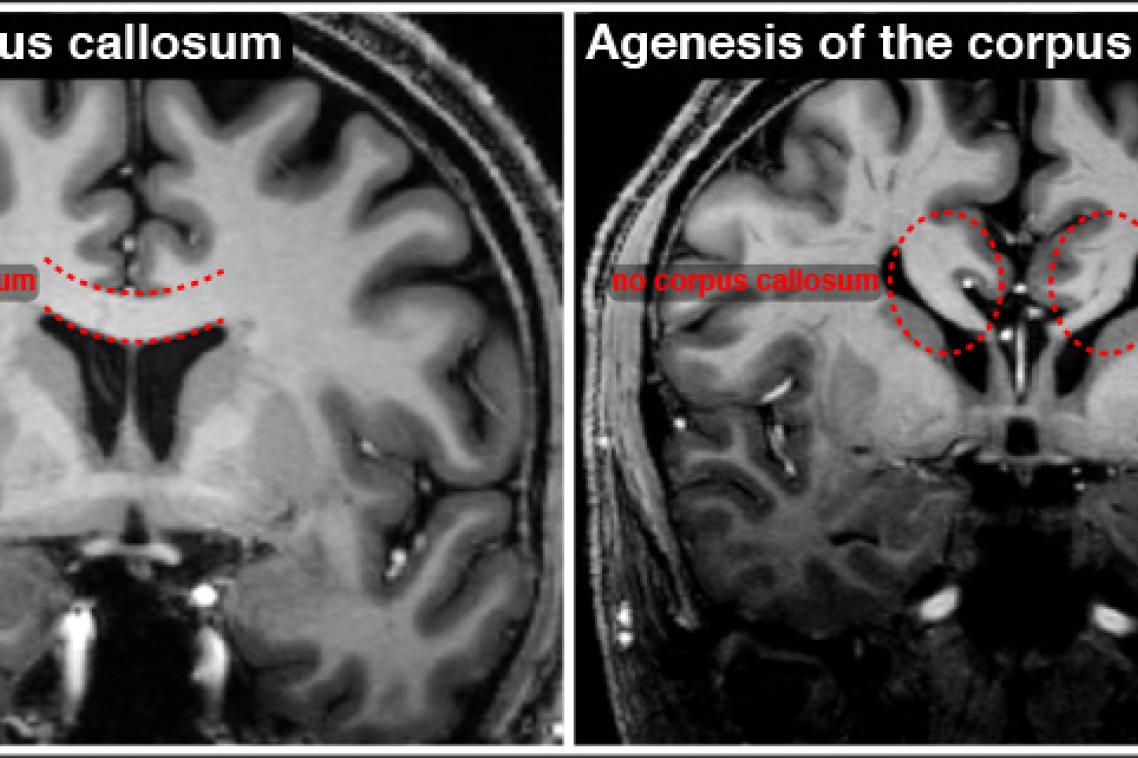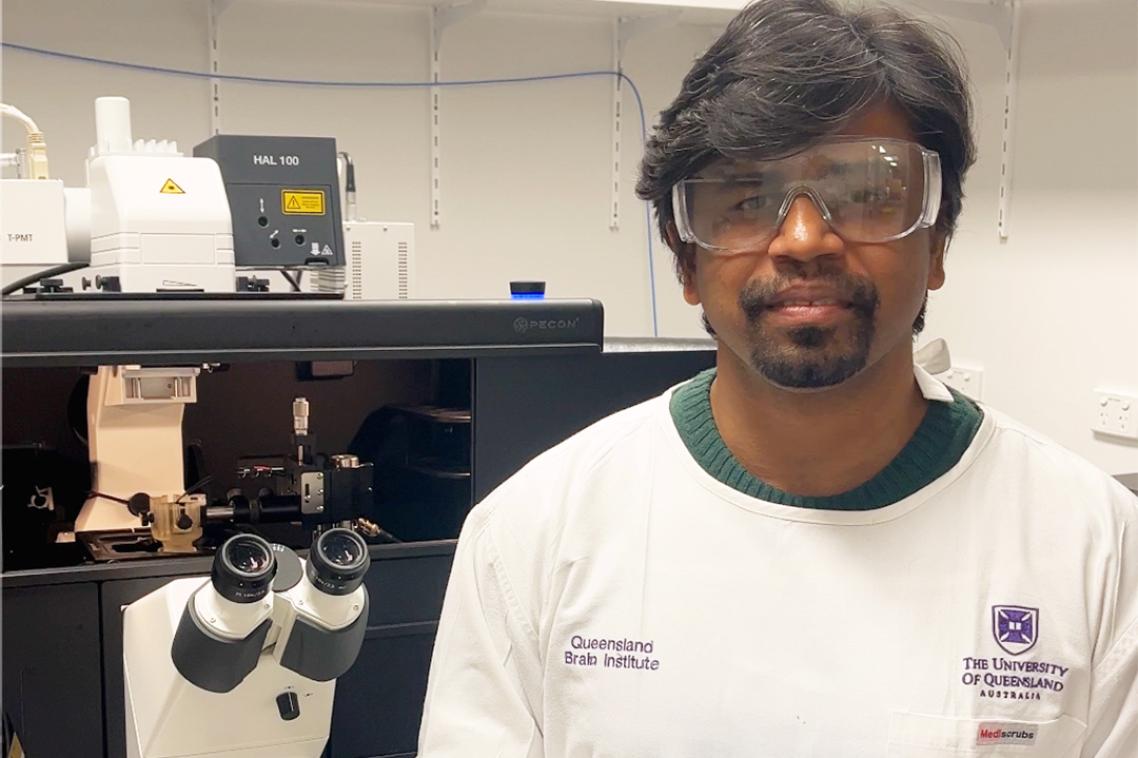QBI scientists identify cause of common developmental brain disorder

University of Queensland neuroscientists have found the major cause of a common developmental brain disorder.
The team from the Queensland Brain Institute identified the main cellular events underlying agenesis of corpus callosum, a developmental disorder that affects 1 in 4000 people.
The corpus callosum is the largest nerve fibre tract in the brain, linking the left and right hemispheres. In some people it is missing or malformed, causing physical, intellectual and social disabilities, ranging from mild to severe.
QBI Deputy Director Professor Linda Richards said the findings should lead to better diagnosis of the condition during pregnancy and provide specific genetic information that would enable more targeted care for children with these disorders.
“This is a huge step forward in our understanding of these disorders,” Professor Richards said.
“We now know the cells responsible for this group of disorders.
“We know how they should form in a normal brain, where in the brain they originate, how they develop, what genes and molecules regulate their development, and which cellular processes are crucial for the formation of the corpus callosum.”
Lead author Dr Ilan Gobius found that a particular type of star-shaped glial cell in fetal brains played a vital role in corpus callosum development.
“Until now, the true function of these cells has been unknown,” Dr Gobius said.
“We now understand the influence that these glial cells have on the development of this major brain pathway, and that callosal tract malformations occur if the role of these cells is disrupted during pregnancy.”
The developmental events studied by the team occur between gestational weeks 13 to 18, when the two hemispheres of the brain form.
The team found that glial cells form the bridge for nerve fibres to cross between the two hemispheres. When this “bridging” doesn’t happen, the nerve cells are unable to connect to one another.
“Having better genetic information about these disorders will be important for providing more accurate genetic counselling and to help identify children very early, who may need additional care and support,” Dr Gobius said.
The research is published in Cell Reports and funded by the NHMRC, the ARC and the United States National Institutes of Health.
Media: Professor Linda Richards, richards@uq.edu.au; Kirsten MacGregor, QBI Executive Communications Manager, k.macgregor@uq.edu.au, 0448 108 441.
Topics
Related articles

New ultrasound imaging to map drug delivery into the brain

Staying physically active cuts risk of early death by 40 per cent
Media contact
UQ Communications
communications@uq.edu.au
+61 429 056 139
